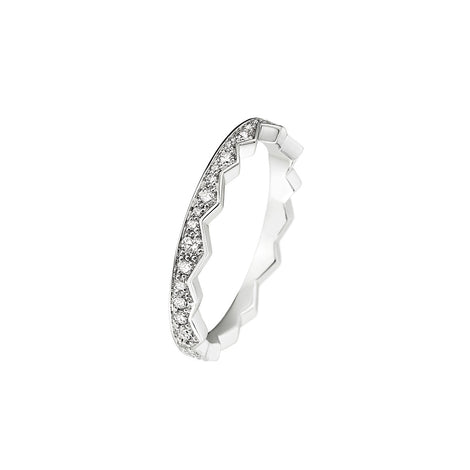The 4Cs
Like a human fingerprint, each diamond possesses distinctive characteristics that are specific to it, ensuring its rarity and uniqueness. What gemologists have termed the 4Cs (for Color, Clarity, Cut, and Carat) are the four universally used standards to evaluate the quality of a diamond. Placing great importance on aesthetics and attention to detail, Akillis carefully selects and controls each diamond with strict and specific criteria to ensure optimal quality in the jewelry.
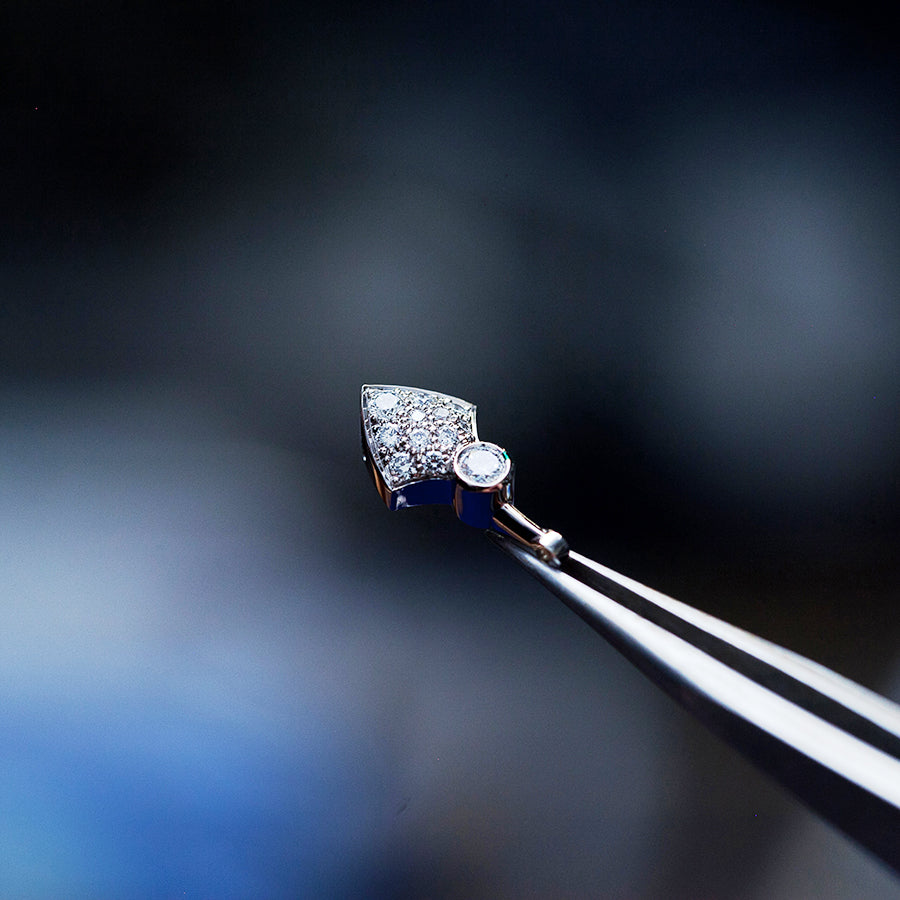
Carat
The carat is the unit of measurement for the weight of a diamond and invariably weighs 0.2 grams. The higher the carat, the larger the diamond generally is, although other factors such as the size and quality of the cut also influence its appearance and value. Akillis diamonds are always cut to maximize their brilliance, making them unique, just as you are.
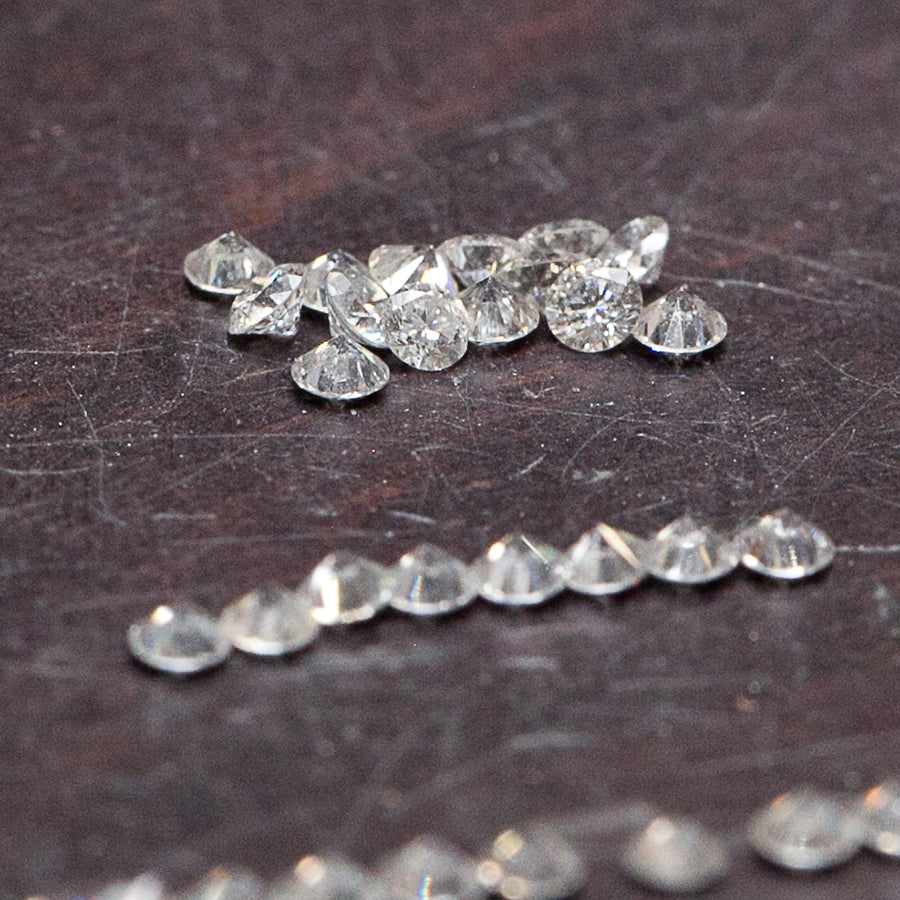
Color
A classic diamond is often associated with a white color, known as "colorless." However, most natural white diamonds actually exhibit a slight yellowish hue. Its color is assessed by placing it on a white piece of paper under a special light called "daylight." The more "colorless" the diamond, the rarer it is. Color evaluation uses a scale ranging from "D" (colorless) to "Z" (tinted or light yellow) using reference stones called "master set." Akillis uses diamonds with colors ranging from D to G, representing high rarity, worthy of top jewelers. Colored diamonds, such as yellow or even red, are exceptional because they are extremely rare. Color thus plays an essential role in the valuation and appreciation of diamonds, adding a unique dimension to each precious stone.
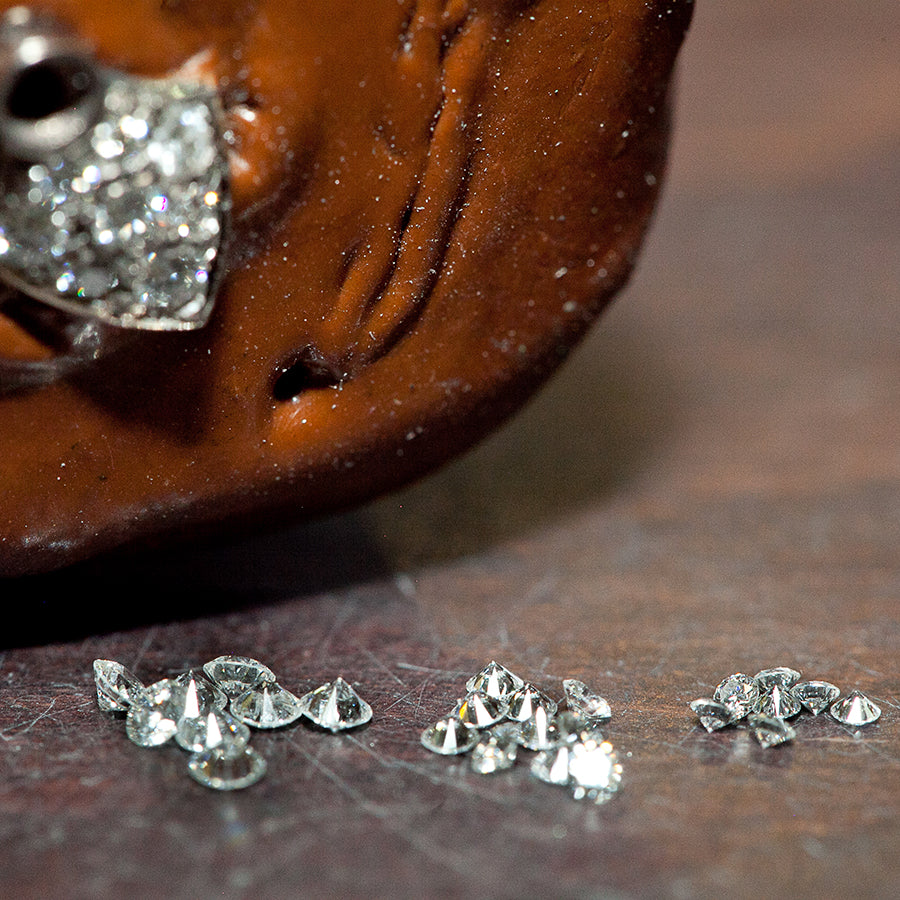
Clarity
The clarity of diamonds, measured by the presence and visibility of inclusions, determines their quality and value. The most flawless diamonds are classified in the FL (Flawless) and IF (Internally Flawless) categories, showing no visible defects to the naked eye or under a diamond loupe (x10 magnification). Following these are VVS (Very Very Slightly Included), VS (Very Slightly Included), and SI (Slightly Included) diamonds, with increasingly visible inclusions that do not significantly affect the brilliance and beauty of the stone, as they are invisible to the naked eye.
From the I (Included) category onward, inclusions may slightly affect the play of light and become perceptible to the naked eye, potentially affecting the stones' brilliance. Akillis chooses to only use stones with a clarity of VS or higher.
Diamond clarity standards are strictly governed by renowned certification bodies such as the GIA (Gemological Institute of America) or the HRD (Hoge Raad voor Diamant), which objectively and impartially evaluate each diamond.
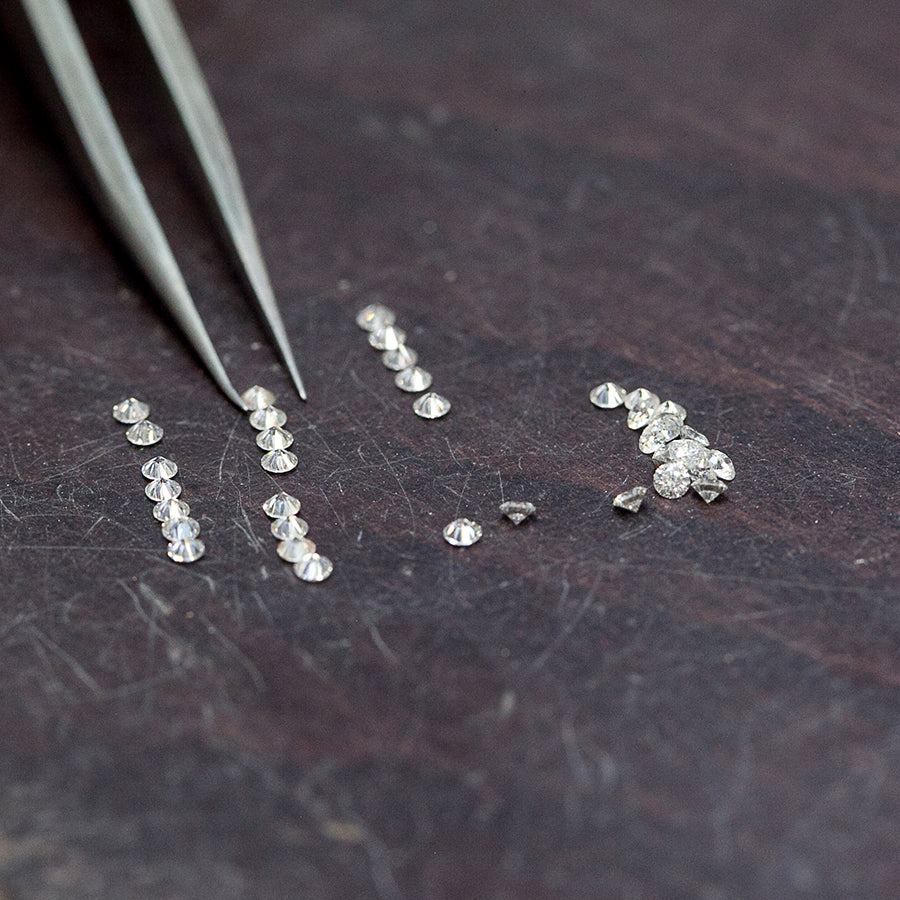
Cut
The cut of a diamond refers to how a diamond is shaped and polished, directly influencing its sparkle, brilliance, and visual beauty. A well-executed cut allows the diamond to reflect light optimally.
Diamonds are typically cut into various shapes: the traditional round brilliant, oval, emerald, pear, marquise, cushion, heart, and many others. Each shape has its own aesthetic and technical characteristics, influencing how light is captured and reflected by the gemstone.
Quality cutting also ensures proper proportions, avoiding light leakage and maximizing color dispersion within the diamond. This means that even a diamond with high color and clarity grades can appear dull if poorly cut, underscoring the crucial importance of cut quality in the overall assessment of a diamond's beauty. Akillis pays fundamental attention to diamond cutting control because a well-executed cut also ensures higher-quality, more resilient, and durable setting.
